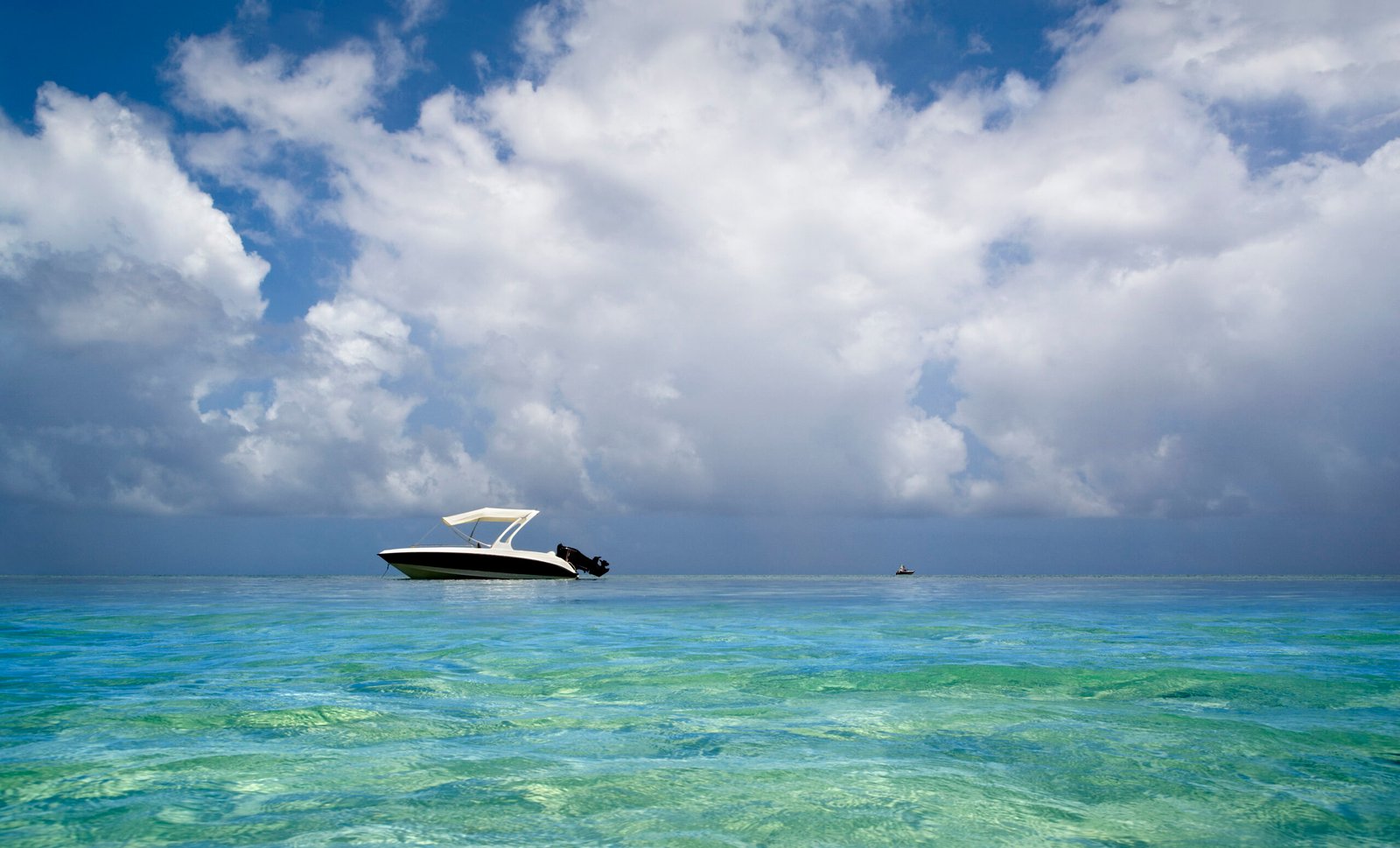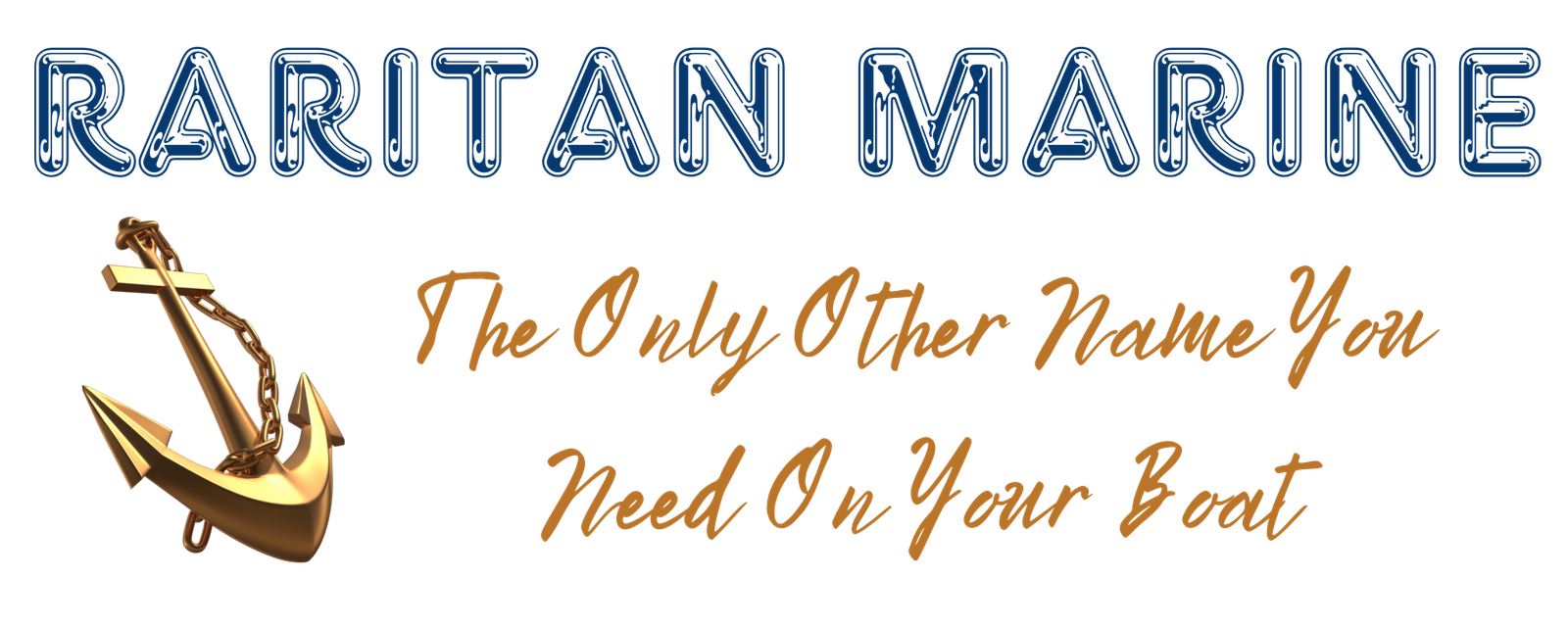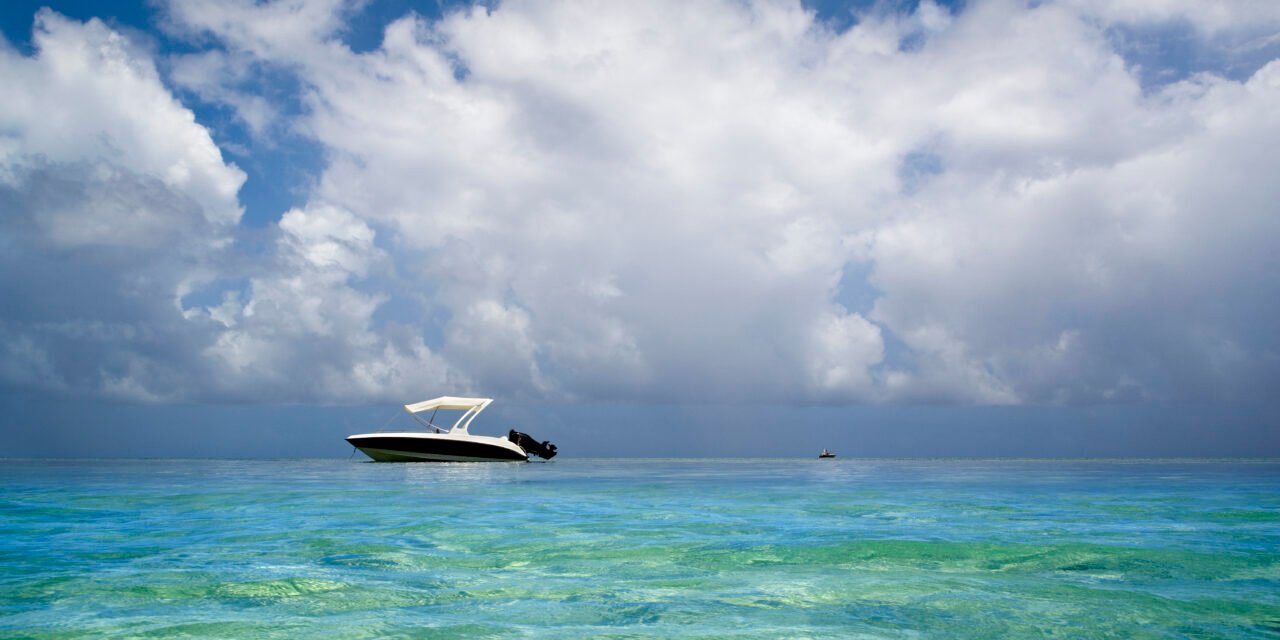Sailing for the first time can be both exhilarating and daunting. The vastness of open water may seem intimidating but with proper preparation and knowledge your experience will transform into an unforgettable journey. Here are some essential tips to ensure smooth sailing from start to finish.
*Sailing Terminology – The Basics for Beginners**
Sailing requires a basic understanding of key terminology for optimal performance. Start with fundamental terms like “starboard” (right side) and “port”(left side). Understanding the difference between bow (front) and stern (back) will help you communicate effectively on board. By familiarizing yourself with these basics before setting sail,you’ll have an edge over other novice sailors!
To become a skilled sailor requires mastering technical terms such as “tack” and “jibe.” These words describe how to change direction by turning either the bow or stern through wind. Understanding these concepts is crucial when operating your vessel effectively while out at sea. By learning about hoisting sails properly along with tying cleat hitches correctly you’ll gain confidence in handling any situation that arises during your journey on waterways. With practice comes proficiency which will make all aspects of sailing more enjoyable for both novices and experienced seafarers alike!
*Finding Your First Sailboat – The Important Factors to Consider**
When choosing your first sailboat, the sheer number of options available can be daunting. Consider what type of sailing you’ll primarily engage in – will it involve cruising along calm lakes or tackling ocean waves? For beginners looking to learn fundamental skills without feeling overwhelmed by size and power a smaller vessel like a daysailer or trailerable sailboat may prove ideal. These boats are easier to handle making them perfect for learning while minimizing risk. Remember that starting small doesn’t mean limiting yourself later on; as you gain experience and confidence you can always upgrade!

When choosing between monohulls and catamarans, there are several factors to consider. Monohulls offer traditional stability while catamarans provide additional space for larger bodies of water. Don’t forget about maintenance requirements or insurance when making your decision either; these can impact overall costs significantly over time. To get started on the right foot? Seek advice from experienced sailors in local clubs where you may have opportunities to test out different vessels before committing fully.
*Preparing for Your Journey: Essential Gear and Safety Tips**
To ensure a safe and enjoyable trip on the water its essential to have proper equipment. The most important item is undoubtedly your life jacket – it could save yours or someone elses life in an emergency situation! Don’t leave home without one!
Sailing requires navigating through choppy waters that can be challenging at times. To ensure optimal performance and safety on deck invest in high quality sailing gloves with non slip soles for better grip during these moments of uncertainty. Additionally wear UV protected glasses to shield against glaring sunlight while also applying sunscreen regularly throughout your journey as an extra layer of protection from harmful rays. These small but significant measures will help keep you safe out there!
Safety should always be a priority when out on the water. To ensure you’re prepared for any emergency situation make sure to pack essential equipment such as flares, whistles and fire extinguishers along with first aid kits. Additionally having ample fresh drinking water available is critical in maintaining hydration levels during long trips at sea. Remember safety comes first!
*Tips for a Smooth First Time Boating Experience**
As you prepare to embark on your nautical adventure, it’s essential that we discuss navigation techniques that will elevate the experience. Firstly check weather conditions before departing; windy days may not be suitable for beginners.
When maneuvering out of harbor or docking at piers take your time! Practice makes perfect so don’t rush through these critical phases that require precision. Keep an eye on navigational markers as they will guide you through unfamiliar waters with ease. Remember: slow and steady wins the race when it comes to boating safety!
As you sail along pay attention to wind direction and adjust your sails accordingly for a smoother ride. Remember that every experienced sailor was once new at this! Embrace mistakes as opportunities for growth rather than setbacks. Keep learning from each experience on the water.
As you set out on this exhilarating voyage across shimmering waves under vast skies—remember to cherish every moment! With preparation comes confidence—so let your sails soar high because adventure awaits!




